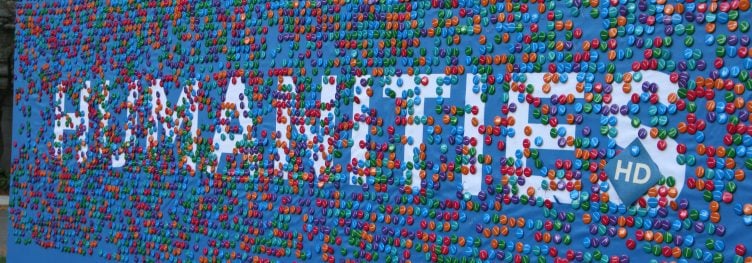A few months ago, the CODEC team discussed pieces of Defining Digital Humanities: A Reader (Ashgate, 2013). One interesting chapter from that book is entitled “Selected Definitions from the Day of Digital Humanities 2009–2012.” The diversity of quoted scholars and their various definitions are instructive and reflect to some extent ongoing debates in the area.
One of the most helpful descriptions–it is not quite a definition–comes from Stan Ruecker, Associate Professor of Humanities Computing in the Department of English and Film Studies at the University of Alberta:
I often say that humanities computing involves three distinct research areas. First, some researchers apply computing to research questions in the humanities. These might be questions they’ve always pursued but can now pursue faster or at a larger scale, or they may be questions that could not be addressed satisfactorily at all without computers. Second, some researchers take computing as an object of study using humanities methods. Examples include cyberculture and posthumanism. Third, some researchers take a generative approach, creating new online materials or tools for subsequent study and use. Most of my own work is in this third area (p. 280).
To make Ruecker’s description a bit more pithy, we might say: Digital Humanities research usually involves one or more of the following:
- Applying digital to the humanities.
- Applying humanities to the digital.
- Generating digital tools or resources for the humanities.
I have opted to use “digital” in place of “computing” since the term digital humanities seems increasingly more used than humanities computing.
